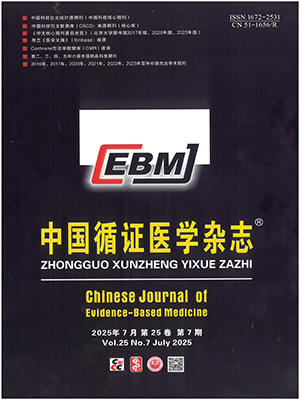The active comparator, new user (ACNU) design is an important design developed under the concept of the target simulation experimental framework. It aims to reduce indication confounding, immortal time bias, prevalence-incidence bias, and other unmeasured confounders by simulating head-to-head randomized controlled trials. It is widely applied in scenarios such as comparing the efficacy of newly marketed drugs with existing standard treatments, evaluating drug safety and adherence, exploring drug repurposing, and optimizing algorithms for processing medical big data. This article introduces the application and practice of the ACNU design in real-world data research from aspects such as concept, development, advantages and disadvantages, and implementation points, and also presents an outlook on its application in the field of traditional Chinese medicine. It is believed that with the progress in understanding the design of observational studies of real-world data, the ACNU design is expected to be more widely applied and provide new ideas for researchers' scientific research designs.
Citation: WANG Xin, CAO Xue, TIAN Yukun, LONG Zhengli, SUN Ruijie, LIU Xinyi, LIU Jia. Application and practice of active comparator - new user design in real-world study. Chinese Journal of Evidence-Based Medicine, 2025, 25(8): 960-966. doi: 10.7507/1672-2531.202410027 Copy
Copyright © the editorial department of Chinese Journal of Evidence-Based Medicine of West China Medical Publisher. All rights reserved




